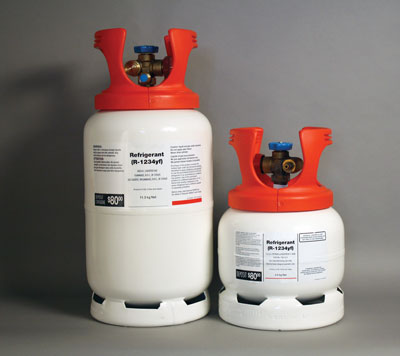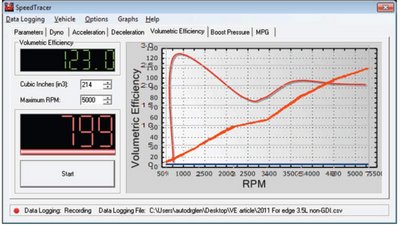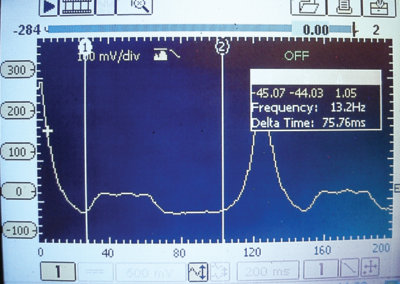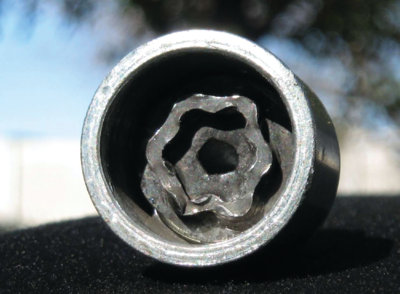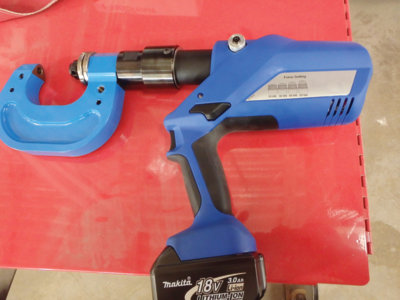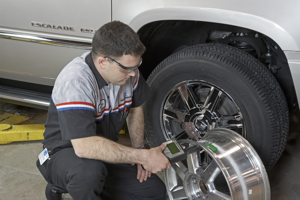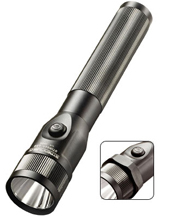 Streamlight has introduced an LED version of its signature rechargeable product – the Stinger LED. The new light is the most versatile, durable Stinger ever, designed to give auto technicians unprecedented features and flexibility, including multiple light levels, a shockproof LED and machined aluminum case.
Streamlight has introduced an LED version of its signature rechargeable product – the Stinger LED. The new light is the most versatile, durable Stinger ever, designed to give auto technicians unprecedented features and flexibility, including multiple light levels, a shockproof LED and machined aluminum case.
The Stinger LED delivers up to 80 Lumens of bright white light. The three-watt super high flux LED works with Streamlight’s proprietary deep-dish parabolic reflector to provide an even, highly usable light spread, and the microprocessor controlled LED offers three variable light modes in addition to a strobe mode.
“The Stinger LED leverages the latest LED technology to give auto professionals exactly what they need in a flashlight to stand up to a wide variety of diagnostic and repair tasks,” noted Streamlight Chief Operating Officer Ray Sharrah. “The light provides nearly two hours of intense brightness at the full power setting, which is ideal for close-up work when making repairs under the hood or vehicle undercarriage. Plus, technicians also can adjust the light to medium brightness, low power or even a strobe setting for extended use when working on the shop floor. Since the LED will last the lifetime of the flashlight itself and the NiCd battery can be recharged up to 1,000 times, the costs to operate the Stinger LED are very low day-to-day.” The light also offers new safety enhancements, including improved resistance to shock-induced damage, he added.
The efficiency of the Stinger LED design delivers increased runtime when compared to traditional incandescent flashlights – up to 1.75 hours of continuous light at full power, 3.5 hours on the medium brightness or up to 6.75 hours of continuous runtime on low power mode. A compact, snap-in battery charger with LED charge continuity indicator is included, and the Stinger LED can also be charged using any existing Stinger charger.
At just 8.41-inches long and 12.4 ounces, the Stinger LED is constructed of machined 6000-series aluminum with a durable anodized finish, and includes a non-slip rubberized grip with an anti-roll rubber ring, which keeps the light from rolling away when placed on a surface.
Suggested retail price of the Stinger LED is $177.95, and the light is backed by Streamlight’s exclusive “No Excuses” limited lifetime warranty.
For more information, please visit www.streamlight.com or call (800) 523-7488.


